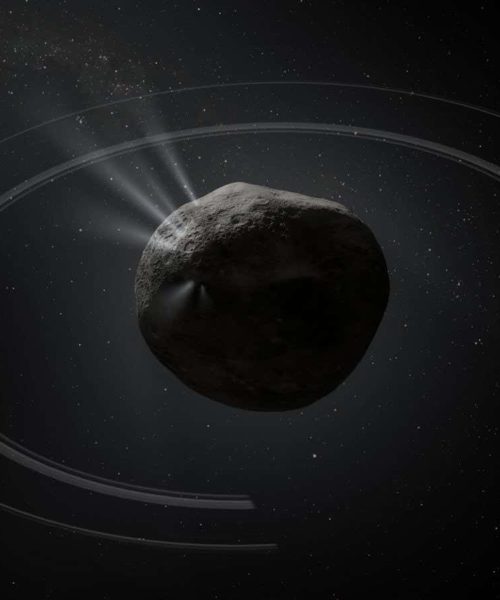
Uranus is more normal than we had thought
NASA/Space Telescope Science Institute
Uranus’s strange magnetic field may be much less weird than astronomers first thought, which means its largest moons could be much more active, and even perhaps have global oceans.
Our only direct measurements of Uranus’s magnetic field come from NASA’s Voyager 2 spacecraft, which flew by the planet in 1986. The spacecraft’s readings suggested that the magnetic field was lopsided – meaning it wasn’t aligned with the planet’s rotation – as well as being unusually rich in extremely energetic electrons and devoid of the plasma that is common in the magnetic fields of other gas giants like Jupiter. Astronomers at the time thought the results so bizarre that they invoked complex physics to try to explain the readings – or simply dismissed them as evidence that Voyager 2’s instruments had gone haywire.
Advertisement
Now, Jamie Jasinski at NASA’s Jet Propulsion Laboratory in California and his colleagues have reanalysed the Voyager 2 data and found that it was skewed by a rare burst of solar wind that squashed Uranus’s magnetic field just before the spacecraft arrived, disturbing the readings. This means everything we thought we knew about Uranus’s magnetic field might be wrong, says Jasinski. “This kind of almost resets everything,” he says.
Jasinski and his team found that the solar wind compressed Uranus’s magnetic field to a size that it would typically only adopt 4 per cent of the time – but that scientists have, for the past 40 years, assumed was its normal state. The squashed magnetic field explains the previous strange results, such as its lack of plasma and highly energetic electrons, says Jasinski.
If there is, in fact, plasma in Uranus’s magnetic field – and Voyager 2 just happened to miss it – then it might not all come from the planet itself. Some might come from Uranus’s moons, the largest of which are called Titania and Oberon. Until now, we have assumed these moons were inert, but the new study leaves open the possibility that they are geologically active after all. This would fit with recent calculations indicating the moons might have hidden oceans. “The solar wind could have essentially eradicated all the evidence of active moons just before the flyby happened,” says Jasinski.
Topics:





